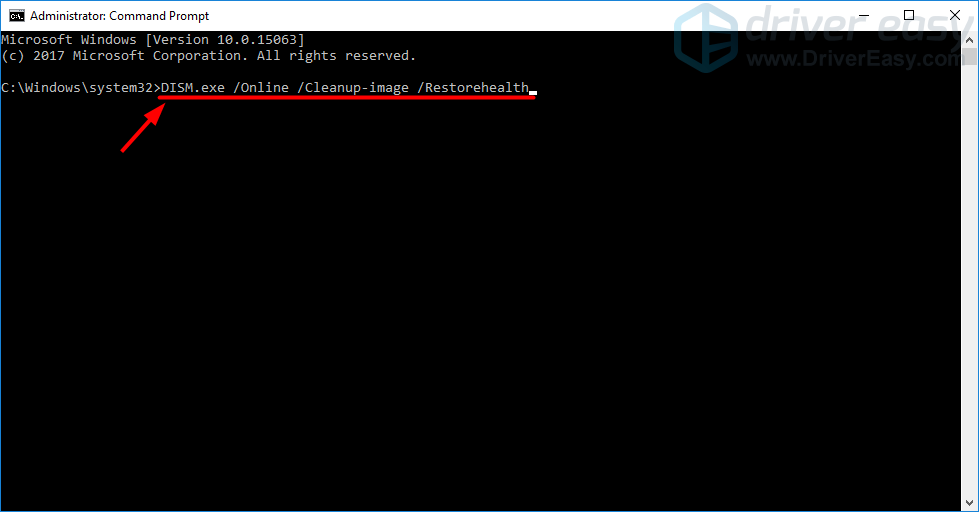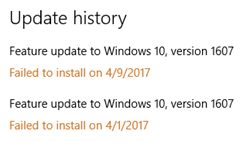
Windows has rolled out a new Anniversary Update, version 1607, to its Windows 10 operating system, offering many new features. However, many Windows 10 users are getting trouble when they install this update — their operating system tries repeatedly to upgrade to this version but keeps failing. When they check the update history in Windows Update, they see one or more items that say “Feature update to Windows 10, version 1607 Failed to install on …“.
You will be very annoyed when you get this update error. Your Windows Update keeps installing the 1607 feature update but can’t stop failing, which is quite troublesome. Also, this prevents you from enjoying the new version of Windows 10 and its new features. What’s more, it can occupy a lot of system resources and slow down your computer. But don’t worry. This issue can be fixed. You still can install the version 1607 update on your computer. The following are the methods that have helped many Windows 10 users to resolves this problem. You can give them a try: Method 1: Install the update with Windows 10 Update Assistant Method 2: Reset the Windows Update components Method 3: Run the DISM utility Method 4: Temporarily disable your antivirus softwareMethod 1: Install the update with Windows 10 Update Assistant
Microsoft has released an update installation tool named Windows 10 Update Assistant for Windows 10 users. It can help you update your Windows 10 to the latest version. If you get stuck in installing the 1607 update, you can try updating your system with this tool instead of Windows Update. To download and run Windows 10 Update Assistant: 1) Go to the Microsoft software download website. 2) Click the Update Now button. This will download Windows 10 Update Assistant.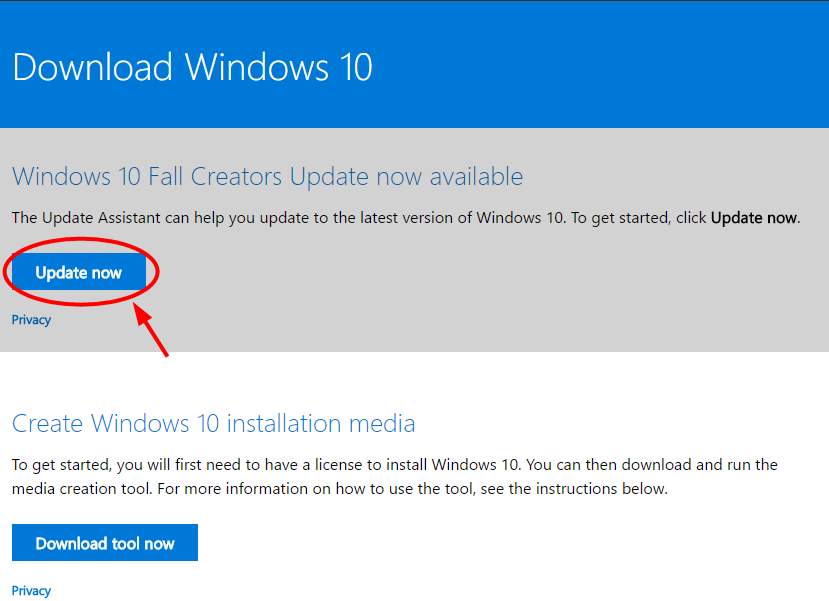
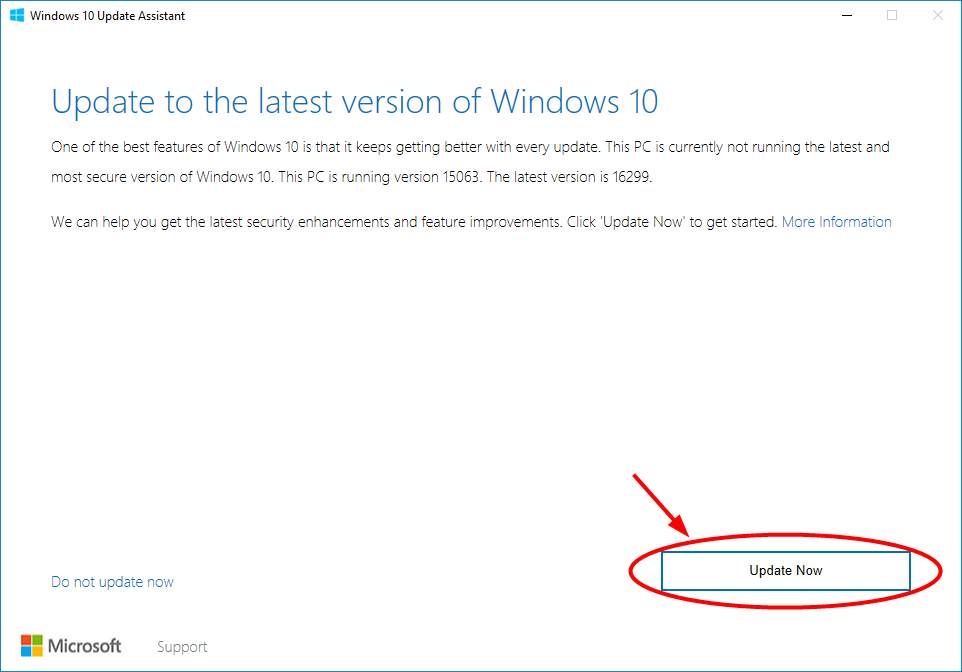
Method 2: Reset the Windows Update components
You may fail to install the 1607 update because the Windows Update components on your computer are corrupted. These components include the services and temporary files required by or related to Windows Update. You can try resetting these components and see if this can fix your problem. To reset the Windows Update components: 1) Click the Start button in the lower left corner of your screen, then type “cmd“. In the list of results, right click Command Prompt and select Run as administrator.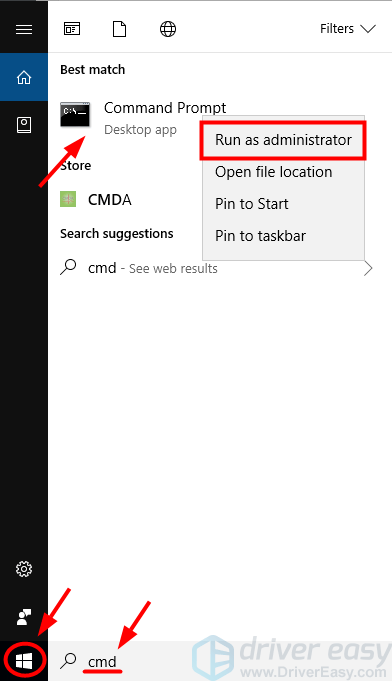
- net stop bits
- net stop wuauserv
- net stop appidsvc
- net stop cryptsvc
- Ren %systemroot%\SoftwareDistribution SoftwareDistribution.old
- Ren %systemroot%\system32\catroot2 catroot2.old
- net start bits
- net start wuauserv
- net start appidsvc
- net start cryptsvc
Method 3: Run the DISM utility
Your system may fail to install the 1607 update because something corrupts your Windows image, which is necessary for the important system features like Windows Update. You can try running the DISM (Deployment Image Servicing and Management) utility to repair your Windows image. To run DISM: 1) Click the Start button in the lower left corner of your screen, then type “cmd“. In the list of results, right click Command Prompt and select Run as administrator. 2) In Command Prompt, type “DISM.exe /Online /Cleanup-image /Restorehealth” and press Enter on your keyboard.
2) In Command Prompt, type “DISM.exe /Online /Cleanup-image /Restorehealth” and press Enter on your keyboard.
